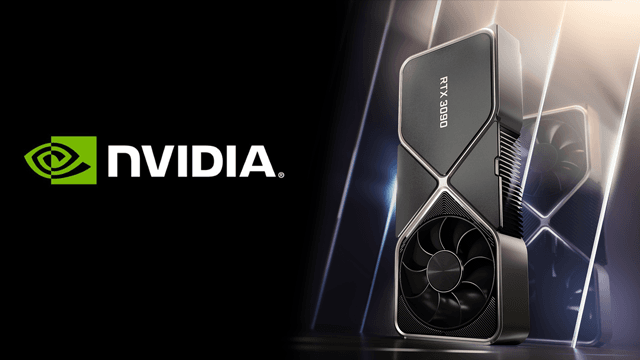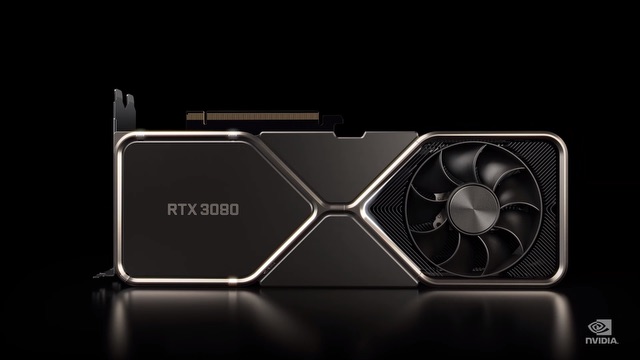Nvidia GPU users will get a free performance boost soon when drivers are released with Resizable BAR support. A resizable Base Address Register allows the CPU access to the entirety of a GPU’s VRAM, which provides for the loading of larger amounts of assets. However, the system requirements for Resizable BAR support are a bit foggy right now.
What does a Resizable BAR do?
Each GPU has only a small portion of its VRAM exposed over the PCI bus at any time. This is typically 256MB, which is the maximum a 32bit OS can address. So, each time the CPU needs to tell the GPU to do something, it must be stored in this 256MB space. This limitation leads to another limit. Since only 256MB is exposed at once, any further instructions from the CPU must be queued.
A typical Base Address Register can be thought of like a harbor. The harbormaster (CPU) can only load one boat (BAR) at a time and has to wait for another ship (BAR) to roll up before more cargo can be stowed.
A resizable Base Address Register allows the OS to negotiate the size of a GPU BAR. This has the effect of allowing the CPU unfettered access to all VRAM. This mode will enable a CPU to send multiple instructions concurrently instead of having to queue them.
With resizable BAR, the harbormaster (CPU) can send orders to load several ships (BAR) at once and can make sure the ships are the right size for each cargo.
Resizable BAR System Requirements
Here’s where things get a little sketchy. AMD activated the tech under the name Smart Address Memory, and according to a blog post Nvidia is bringing Resizable BAR support to GPUs with a driver update next month.
AMD has stated that its implementation of resizable BAR will only work with AMD 5000 series CPUs. However, it has been reported that it works with CPUs all the way back to the original Ryzen releases. For Intel, it seems like only 400 series chipsets are getting support.
Resizable BAR support will also require a compatible motherboard. It’s a confusing process, and users will need to check with their motherboard, GPU, and CPU manufacturer to make sure the feature can be enabled.








